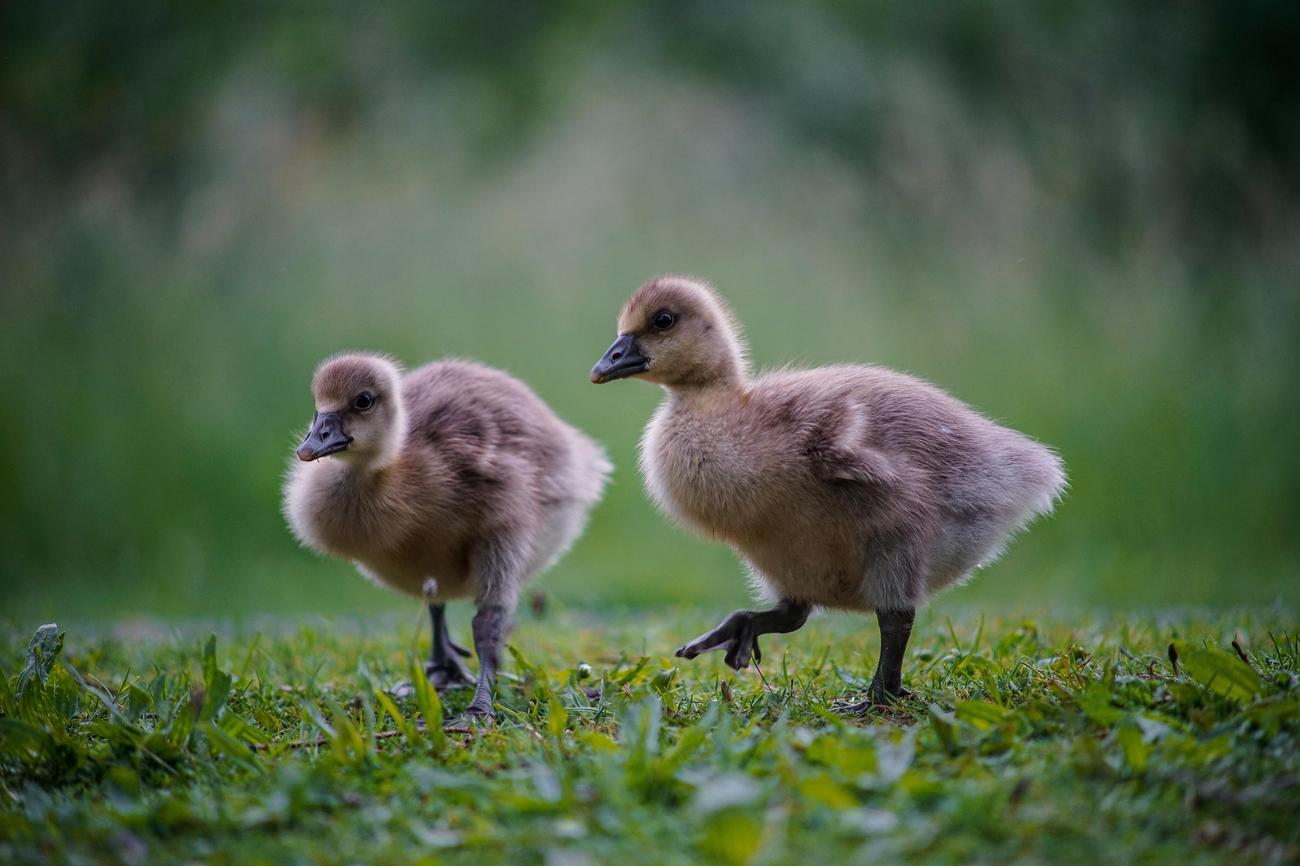Finding Inspiration: A Guide on What to Make an Animation About

Are you an aspiring animator, wondering what to create your next animation about? Look no further! In this comprehensive guide, we will delve into the depths of creativity and explore the art of finding inspiration for your animated masterpieces. As a seasoned animation professional with over a decade of industry experience, I understand the importance of a captivating narrative and compelling characters. Drawing from my expertise as both an animator and storyboard artist, I will share valuable insights and techniques on how to conceptualize, design, and breathe life into your animated creations. Whether you’re a beginner or a seasoned pro, this guide is packed with practical tips and tricks to help you unlock your imagination and create an animation that resonates with audiences of all ages. So let’s embark on this creative journey together and discover the endless possibilities of what to make an animation about!
What to Make an Animation About
As an animator, one of the most exciting yet challenging aspects of the creative process is deciding what to make an animation about. With endless possibilities, it can be overwhelming to find inspiration that resonates with your audience and brings your vision to life. But fret not, because in this guide, we will explore different avenues to help you discover that perfect idea for your next animation project.
Understanding Your Audience
The first step in finding inspiration for your animation is understanding your audience. Who are you creating this animation for? Is it for children, teenagers, or adults? What are their interests, passions, and concerns? By diving deep into the demographics and psychographics of your target audience, you can gain valuable insights and tailor your animation to their preferences.
Unleashing Your Imagination
Now that you have a clear understanding of your audience, it’s time to unleash your imagination. Think outside the box and let your creativity soar. Consider topics and themes that are relatable, engaging, and thought-provoking. Whether it’s a heartwarming story about friendship, a thrilling adventure in a fantasy world, or a powerful message about social issues – the possibilities are limitless.
Quote: Remember, in the world of animation, the only constraint is your imagination.
Drawing Inspiration from Real Life
Sometimes, inspiration can be found in the world around you. Spend time observing and immersing yourself in different environments, cultures, and experiences. Take a walk in nature, visit museums, watch documentaries, or simply have meaningful conversations with people from diverse backgrounds. These encounters can spark new ideas and provide fresh perspectives for your animation.
Finding Inspiration in Emotions
Emotions are a powerful tool in animation. They can captivate and resonate with audiences, evoking empathy or humor. Consider exploring a range of emotions such as love, happiness, sadness, or fear. Think about how these emotions can be portrayed through your characters, their expressions, and their interactions. This will not only engage your audience but also create a lasting impact.
Exploring Personal Experiences
As an animator, your personal experiences and unique perspective are invaluable resources. Draw inspiration from your own life – both the ups and downs, the triumphs and challenges. Embrace your vulnerabilities and use them to tell compelling stories that connect with people on a deeper level. By infusing your animation with authenticity and personal touches, you can create a truly memorable and relatable piece of art.
Collaborating and Brainstorming
Animation is a collaborative process, and sometimes the best ideas come from bouncing ideas off others. Engage in brainstorming sessions with fellow animators, storyboard artists, writers, or anyone who shares your passion for storytelling. Collaborative environments can spark creativity, provide fresh perspectives, and help you refine and strengthen your ideas.
Quote: Remember, two heads are better than one. Don’t be afraid to seek feedback and collaborate with others.
Researching Popular Trends
Keeping up with the latest trends in the animation industry can also be a source of inspiration. Explore what is currently popular in animated films, TV shows, and online content. However, it’s important to strike a balance between following trends and staying true to your unique voice. Find a way to incorporate popular elements while infusing your own creativity and originality into your animation.
Reflecting on Your Purpose
Throughout your creative journey, it’s crucial to reflect on your purpose. What message do you want to convey through your animation? What impact do you hope to make? By aligning your animation with your values and purpose, you can create something meaningful and purposeful.
Pulling It All Together
In conclusion, finding inspiration for your animation is a dynamic and ever-evolving process. Through understanding your audience, unleashing your imagination, drawing inspiration from real life and emotions, exploring personal experiences, collaborating and brainstorming, researching popular trends, and reflecting on your purpose, you can unveil a captivating and impactful animation that resonates with your audience.
So, what are you waiting for? It’s time to embark on your animation journey and create something truly extraordinary!
Quote: Remember, the key to a great animation lies in your ability to find inspiration in the world around you and infuse it with your own unique creativity.
Animation is a fascinating art form that has captivated audiences for decades. From Disney classics to modern CGI masterpieces, there is so much to learn and discover about the magic behind animated movies. If you’re looking for some fun facts about animation, we’ve got you covered. Click here to uncover some amazing insights and trivia about animation: fun facts about animation. Prepare to be amazed as you delve into the world of animated wonders!
The video titled “4 New Ways to Practice Animation!” introduces four animation exercises that are designed to help animators build their confidence, practice their skills, and learn new tips and tricks. The exercises are beginner-friendly and can be done using any software or medium of choice. The exercises mentioned in the video are the Magic Dot, Jelly Jump, Switch, and Morph.
[youtube v=”_hYtN46s-Lk”]
In the first exercise, called the Magic Dot, animators create a simple dot and try to make it as interesting as possible using only the power of animation. This exercise allows animators to experiment with different spacing and timing techniques to bring life to the dot. By varying the spacing between frames, animators can control the speed and energy of the animation. They can also try animating the dot on arcs or straight lines, as well as using smears to create fast motion. The exercise encourages animators to make multiple attempts and test out different ideas quickly.
The second exercise, called Jelly Jump, focuses on creating weight, anticipation, and overshoot in an animation of a block of jelly or Jello jumping in the air and settling down. Animators start by creating keyframes for the starting pose, the top of the jump, and the settling pose. They then add anticipation and squash poses to give the animation a more realistic feel. By adjusting the spacing and timing of the frames, animators can create the desired explosive upward motion, hang time, and quick descent. The exercise helps animators practice overshoot and teaches them a common five-pose pattern for different types of animation.
The third exercise, known as the Switch, involves transitioning between two different keyframes quickly and seamlessly. Animators use anticipation and overshoot to hide the transition, just like sleight of hand magicians use motion to distract the audience. By duplicating the keyframes and using anticipation and overshoot, animators can create the illusion of a smooth transition without the need for complex morphing techniques. They can also add easing and subtle transformations to enhance the effect. The exercise demonstrates how motion can be used to hide transitions and create seamless animations.
The fourth exercise, called the Morph, is similar to the Switch but focuses on exaggerating the transition between two different keyframes. Animators blend and overlay the keyframes to create a stylized character animation or to morph between two different shapes. By adding follow-through and overlapping motion, as well as using overshoot and easing, animators can create a smooth and exaggerated transition. The exercise allows animators to experiment with blending techniques and explore creative possibilities in their animations.
These four exercises provide animators with practical and creative ways to practice and improve their animation skills. Whether they are beginners or experienced animators, these exercises offer a range of techniques and concepts to explore. By applying the principles learned from these exercises, animators can enhance the quality and appeal of their animations. So, grab your preferred software or medium and start practicing these new ways to practice animation!

FAQ
Question 1: How can Renderforest’s online animation maker help in creating stunning animations?
Answer 1: Renderforest offers an online animation maker with a vast library of templates that can be used to create stunning animations. The platform provides a user-friendly interface that allows users to easily create captivating animations.
Question 2: What are the benefits of using Renderforest’s animations for brand visibility and engagement?
Answer 2: Renderforest’s animations can help boost brand visibility and engagement. By using high-quality animations, brands can create visually appealing content that captivates their audience and leaves a lasting impression.
Question 3: Does Renderforest provide any recommended specifications for video quality?
Answer 3: Yes, Renderforest recommends using 1920×1080 JPG for the best quality videos. Following these specifications ensures that the animations created on the platform meet industry standards for visual clarity.
Question 4: What additional resources does Renderforest offer for animation creation?
Answer 4: In addition to the online animation maker, Renderforest offers an Ultimate Icon Animation Pack with a vast collection of 1400 scenes and 147K+ exports. They also have a catalog of wedding slideshow templates, an explainer world toolkit for creating animated explainer videos, and a Business Presentation Pack for showcasing a company’s unique voice through professional animated presentations.
Question 5: Does Renderforest offer short and cost-effective animation options?
Answer 5: Yes, Renderforest offers a Pay-Per-Product option, which is great for creating short and cost-effective animations. This option allows users to pay only for the specific animation products they require without any subscription commitments.
- Guatemala vs. Costa Rica: Plan Your Trip Smartly - April 16, 2025
- Master Types of Pumps: Ultimate Guide to Selection - April 16, 2025
- Unlock Types of Makeup Secrets: Master Any Look Now - April 16, 2025
















